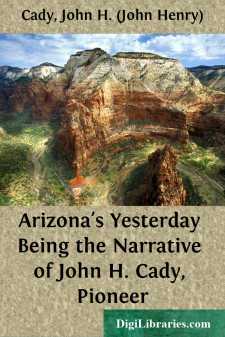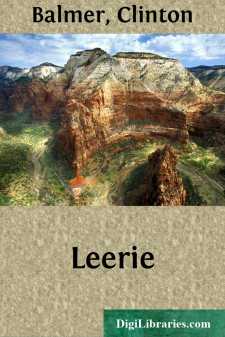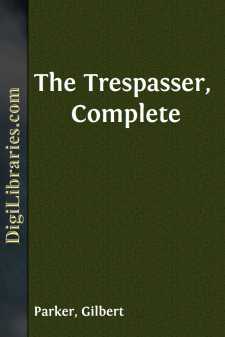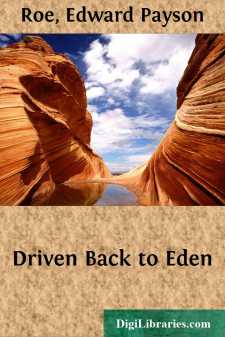Categories
- Antiques & Collectibles 13
- Architecture 36
- Art 48
- Bibles 22
- Biography & Autobiography 813
- Body, Mind & Spirit 138
- Business & Economics 28
- Children's Books 12
- Children's Fiction 9
- Computers 4
- Cooking 94
- Crafts & Hobbies 4
- Drama 346
- Education 46
- Family & Relationships 57
- Fiction 11821
- Games 19
- Gardening 17
- Health & Fitness 34
- History 1377
- House & Home 1
- Humor 147
- Juvenile Fiction 1873
- Juvenile Nonfiction 202
- Language Arts & Disciplines 88
- Law 16
- Literary Collections 686
- Literary Criticism 179
- Mathematics 13
- Medical 41
- Music 40
- Nature 179
- Non-Classifiable 1768
- Performing Arts 7
- Periodicals 1453
- Philosophy 64
- Photography 2
- Poetry 896
- Political Science 203
- Psychology 42
- Reference 154
- Religion 505
- Science 126
- Self-Help 81
- Social Science 81
- Sports & Recreation 34
- Study Aids 3
- Technology & Engineering 59
- Transportation 23
- Travel 463
- True Crime 29
Arizona's Yesterday Being the Narrative of John H. Cady, Pioneer
Categories:
Description:
Excerpt
PREFACE
When I first broached the matter of writing his autobiography to John H. Cady, two things had struck me particularly. One was that of all the literature about Arizona there was little that attempted to give a straight, chronological and intimate description of events that occurred during the early life of the Territory, and, second, that of all the men I knew, Cady was best fitted, by reason of his extraordinary experiences, remarkable memory for names and dates, and seniority in pioneership, to supply the work that I felt lacking.
Some years ago, when I first came West, I happened to be sitting on the observation platform of a train bound for the orange groves of Southern California. A lady with whom I had held some slight conversation on the journey turned to me after we had left Tucson and had started on the long and somewhat dreary journey across the desert that stretches from the "Old Pueblo" to "San Berdoo," and said:
"Do you know, I actually used to believe all those stories about the 'wildness of the West.' I see how badly I was mistaken."
She had taken a half-hour stroll about Tucson while the train changed crews and had been impressed by the—to the casual observer—sleepiness of the ancient town. She told me that never again would she look on a "wild West" moving picture without wanting to laugh. She would not believe that there had ever been a "wild West"—at least, not in Arizona. And yet it is history that the old Territory of Arizona in days gone by was the "wildest and woolliest" of all the West, as any old settler will testify.
There is no doubt that to the tourist the West is now a source of constant disappointment. The "movies" and certain literature have educated the Easterner to the belief that even now Indians go on the war-path occasionally, that even now cowboys sometimes find an outlet for their exuberant spirits in the hair-raising sport of "shooting up the town," and that even now battles between the law-abiding cattlemen and the "rustlers" are more or less frequent. When these people come west in their comfortable Pullmans and discover nothing more interesting in the shape of Indians than a few old squaws selling trinkets and blankets on station platforms, as at Yuma; when they visit one of the famous old towns where in days gone by white men were wont to sleep with one eye and an ear open for marauding Indians, and find electric cars, modern office buildings, paved streets crowded with luxurious motors, and the inhabitants nonchalantly pursuing the even tenor of their ways garbed in habiliments strongly suggestive of Forty-fourth street and Broadway; when they come West and note these signs of an advancing and all-conquering civilization, I say, they invariably are disappointed. One lady I met even thought "how delightful" it would be "if the Apaches would only hold up the train!" It failed altogether to occur to her that, in the days when wagon-trains were held up by Apaches, few of those in them escaped to tell the gruesome tale....












